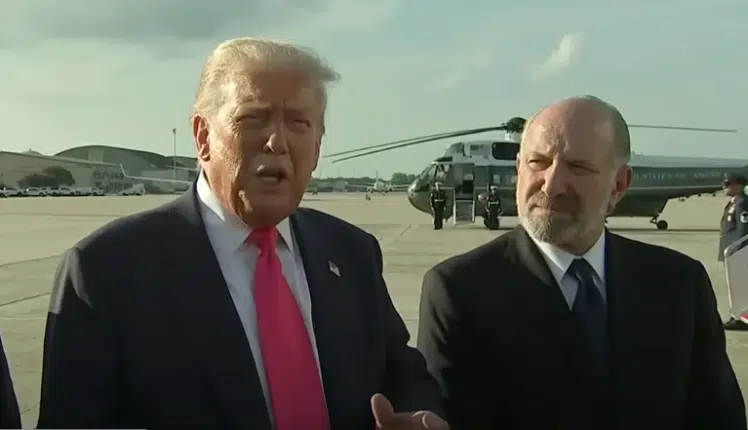By ALG News –

Essentially, through its lower-than-justified interest rates policy, the Fed accommodated the inflation of the housing bubble throughout the 1990’s and 2000’s as easy money was continually pumped into the system. Clearly, based on data, the capital that flowed through the banking system helped to create the housing bubble and disproportionately contributed the rise of the nation’s money supply.
This is because mortgage debt during the critical years of the bubble grew even faster than the money supply. In 1990, outstanding mortgage debt held was $3.805 trillion. By the end of 2007, total mortgage holdings had risen to $14.568 trillion, a monumental 282 percent jump of $10.763 trillion in new mortgages. During that same period, according to the True Money Supply index from the Ludwig Von Mises Institute, the money supply rose from about $1.787 trillion at the end of 1990 to about $5.268 trillion by the end of 2007, an 195 percent increase of $3.481 trillion.
This alone did not cause the crisis. As ALG News has previously reported, weakened underwriting standards and mandates for feeble lending practices, in part put into place because of enforcement of the Community Reinvestment Act, guaranteed that loans were being given to Americans who could not afford to pay them. That, coupled with the securitization of risky mortgages by Fannie Mae, Freddie Mac, and other underwriters created a house of cards.
But without the aggregate financing from the Federal Reserve, the bubble would not have been possible, as noted by research by Stanford economist John Taylor who in a recent Wall Street Journal column wrote, “the Fed’s target for the federal-funds interest rate was well below what the Taylor rule would call for in 2002-2005. By this measure the interest rate was too low for too long, reducing borrowing costs and accelerating the housing boom. The deviation from the Taylor rule, which had characterized good monetary policy during the previous two decades, was the largest since the turbulent 1970s.”
The Fed’s response to the crisis too highlights the need for more controls on its lending authority to prevent bailouts of firms. Between Bear Stearns, AIG, nearly $2 trillion of undisclosed loans, and now the central bank’s purchase of $1.25 trillion of mortgage-backed securities issued by Fannie Mae and Freddie Mac, neither Congress nor the American people have much of a say about the nation’s monetary policy.
In fact, the Government Accounting Office is complete barred from looking into the Fed’s transactions with foreign central banks and governments, its deliberations, decisions, or actions on monetary policy matters, including discount window operations, reserves of member banks, securities credit, interest on deposits, open market operations, transactions made under the direction of the Federal Open Market Committee or a part of a discussion or communication among or between members of the Board of Governors and officers and employees of the Federal Reserve System related to items.
The Sanders amendment auditing the Fed would bring some sunshine onto these practices, but it will not stop them. The Vitter and Sessions amendments take a first step in that direction, directly addressing the authority established in Section 13(3) of the Federal Reserve Act, and explicitly prohibiting Fed bailouts prior to and during the bankruptcy process of a failing firm and mandating the Fed to establish rules ensuring that only solvent firms gain access to emergency lending.
Americans will recall that AIG was provided emergency lending, only to be bailed out in the end through the Troubled Asset Relief Program. In total, the Federal Reserve and Treasury still have some $70 billion invested in AIG, according to a recent estimate by Robert Wilmers writing for the Wall Street Journal. The point is that emergency lending by the Fed turned into a bailout for a firm that could have been unwound under a traditional bankruptcy. And the only way to prevent it in the future is to restrict the Fed’s emergency lending facilities to solely go to otherwise-solvent firms.
It remains to be seen if the Congress has the political will to tackle the Fed, having long ago abdicated its constitutional responsibility over monetary policy. They must find that will, however, if they are to address one of the root causes of the financial crisis.






